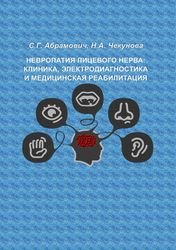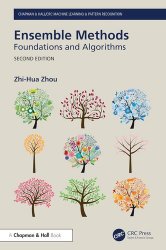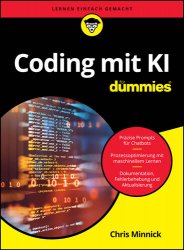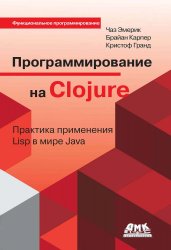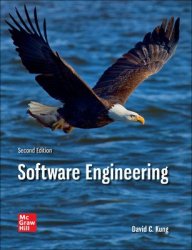 Название: Software Engineering, 2nd Edition
Название: Software Engineering, 2nd EditionАвтор: David C. Kung
Издательство: McGraw Hill
Год: 2024
Страниц: 687
Язык: английский
Формат: pdf (true), epub (true)
Размер: 24.5 MB, 71.1 MB
The new edition of Software Engineering presents a step-by-step methodology that integrates Modeling and Design, UML, Patterns, Test-Driven Development, Quality Assurance, Configuration Management, and Agile Principles throughout the life cycle. The overall approach is casual and easy to follow, with many practical examples that show the theory at work. The author uses his experiences as well as real-world stories to help the reader understand software design principles, patterns, and other software engineering concepts. The book also provides stimulating exercises that go far beyond the type of question that can be answered by simply copying portions of the text.
Many people do not know the scope and usefulness of software engineering, and the discipline is often misunderstood. Many media outlets deem software engineering as writing Java programs. Some students think that software engineering includes everything related to software. Others think that software engineering is drawing UML diagrams, as the following story illustrates. Years ago, after the first class of a software engineering course, a student told me, “professor, you know that this will be an easy course for me because we’ve drawn lots of UML diagrams before.” At the end of the semester, the student came to me again and said, “professor, I want to tell you that we worked very hard, but we learned a lot about OO design. It is not just drawing UML diagrams.” So what is software engineering? As a discipline, it encompasses research, education, and application of engineering processes, methodologies, quality assurance, and project management to significantly increase software productivity and software quality while reducing software cost and time to market. A software process describes the phases and what should be done in each phase. It does not specify (in detail) how to perform the activities in each phase. A modeling language, such as UML, defines the notations, syntax, and semantics for communicating and documenting analysis and design ideas. UML and the Unified Process (UP) are good and necessary but not sufficient. This is because how to produce the analysis and design ideas required to draw meaningful UML diagrams is missing.
To fill the gap mentioned above, we need a methodology or a “cook-book.” Unlike a process, a methodology is a detailed description of the steps and procedures or how to carry out the activities to the extent that a beginner can follow to produce and deploy the desired software system. Without a methodology, a beginning software engineer would have to spend years of on-the-job training to learn design, implementation, and testing skills.
This book is also motivated by emerging interests in Agile processes, design patterns, and test-driven development (TDD). Agile processes emphasize teamwork, design for change, rapid deployment of small increments of the software system, and joint development with the customer and users. Design patterns are effective design solutions to common design problems. They promote software reuse and improve team communication. Patterns also empower less-experienced software engineers to produce high-quality software because patterns encode software design principles. TDD advocates testable software, and requires test scripts to be produced before the implementation so that the latter can be tested immediately and frequently.
Скачать Software Engineering, 2nd Edition
True PDF:
True ePub:
[related-news] [/related-news]
Комментарии 0
Комментариев пока нет. Стань первым!



